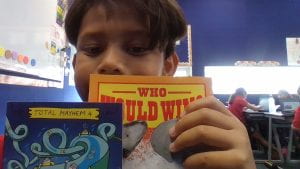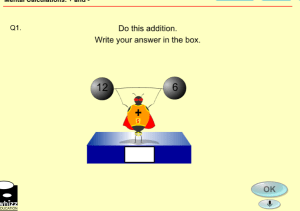task description: this task was about anzac day because it is a day that we remember the soldiers that fought for our country
prefect’s korero
- Author By pesalexh
- Publication date April 12, 2024
- Categories: Hanga | Create
- No Comments on prefect’s korero
 task description: thank you dominion constructers for giving me my Duffy books and I like my books cause I can read them when I go home today and when I wake up tomorrow and I can show it to my aunty cause I’m going to her house after school today.
task description: thank you dominion constructers for giving me my Duffy books and I like my books cause I can read them when I go home today and when I wake up tomorrow and I can show it to my aunty cause I’m going to her house after school today. This task was about how I drew my siapo art and then I dyed it and then miss Tumahai dried it and then she hung it up on the wall for us to take a picture of the art then we had to move the picture over to our blogs and then we had to write about how hard it was to make the pictures
This task was about how I drew my siapo art and then I dyed it and then miss Tumahai dried it and then she hung it up on the wall for us to take a picture of the art then we had to move the picture over to our blogs and then we had to write about how hard it was to make the pictures task description: this task was about mathwhizz
task description: this task was about mathwhizz